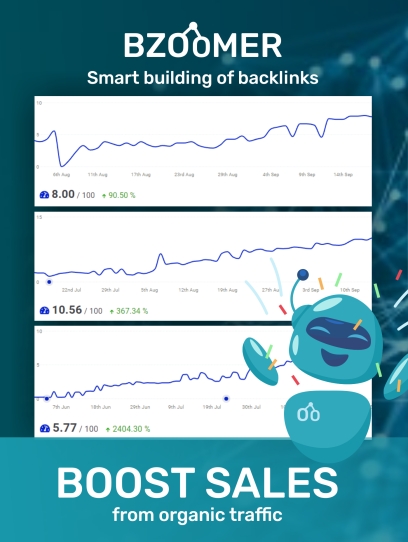In today's rapidly evolving business landscape, agility is more than just a buzzword—it's a fundamental requirement for companies aiming to thrive amidst constant change. Business agility refers to the ability of a business to adapt quickly to market changes, efficiently respond to customer demands, and manage evolving challenges with flexibility. This concept encompasses a range of practices and mindsets that help businesses remain competitive and relevant.
Understanding Business Agility
Business agility is rooted in the idea that businesses must be prepared to pivot at a moment's notice. This can involve technological adaptation, changes in business processes, or even altering business models to better suit the market environment. The goal is to be resilient and adaptable, allowing for rapid response to opportunities and threats without being hindered by existing structures or practices.
Components of Business Agility
-
Adaptive Leadership: Agile businesses require leaders who can foster a culture of innovation and flexibility. These leaders must encourage experimentation and be comfortable with uncertainty, driving change rather than reacting to it.
-
Cross-functional Teams: Agility is often supported by teams that can operate across traditional boundaries within a company. These teams are empowered to make decisions and are accountable for delivering results, which speeds up response times and enhances effectiveness.
-
Streamlined Processes: To achieve agility, businesses often adopt lean practices to eliminate inefficiencies and enhance productivity. This includes automating routine tasks, simplifying procedures, and removing bureaucratic obstacles that slow down decision-making.
-
Continuous Learning: Agile organizations commit to ongoing learning and development. This ensures that employees remain skilled in the latest technologies and business practices, and it fosters a proactive approach to innovation.
-
Customer-Centricity: At the heart of business agility is a deep focus on the customer. Agile businesses continuously gather and act on customer feedback to refine products and services, ensuring they meet the changing needs and preferences of their target market.
Benefits of Business Agility
- Increased Competitiveness: Agile businesses can quickly capitalize on new opportunities and adjust to market disruptions, giving them a competitive edge.
- Enhanced Customer Satisfaction: By rapidly responding to customer needs and continuously improving service delivery, agile businesses often achieve higher levels of customer satisfaction and loyalty.
- Reduced Risks: Agility allows businesses to respond swiftly to potential threats, reducing risks associated with market volatility and technological changes.
- Improved Employee Engagement: Agile work environments typically provide more opportunities for employees to contribute meaningfully, leading to higher levels of job satisfaction and engagement.
Implementing Business Agility
Adopting business agility is not without its challenges. It requires a shift in organizational culture, updating of technologies, and continuous training of the workforce. Companies often start with pilot projects to instill agile practices in small teams or departments before scaling them across the organization.
Business agility is not just about being fast but being strategically adaptable and operationally responsive. As the business world continues to experience unprecedented levels of disruption, agility offers a pathway for businesses to not merely survive but to prosper. Companies that embrace agile principles find themselves better equipped to handle the complexities of the modern market, making agility a critical component of their strategy for success.


